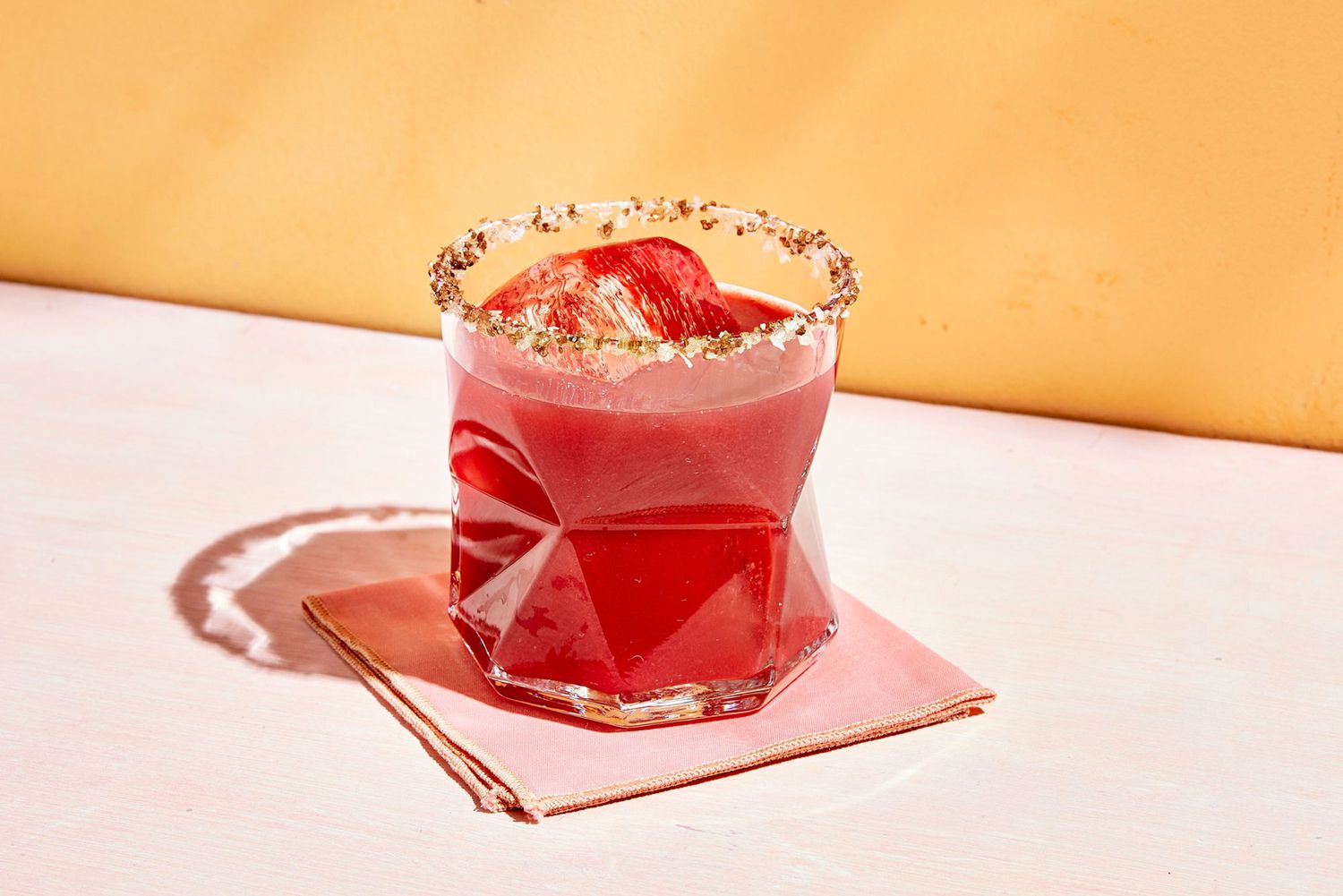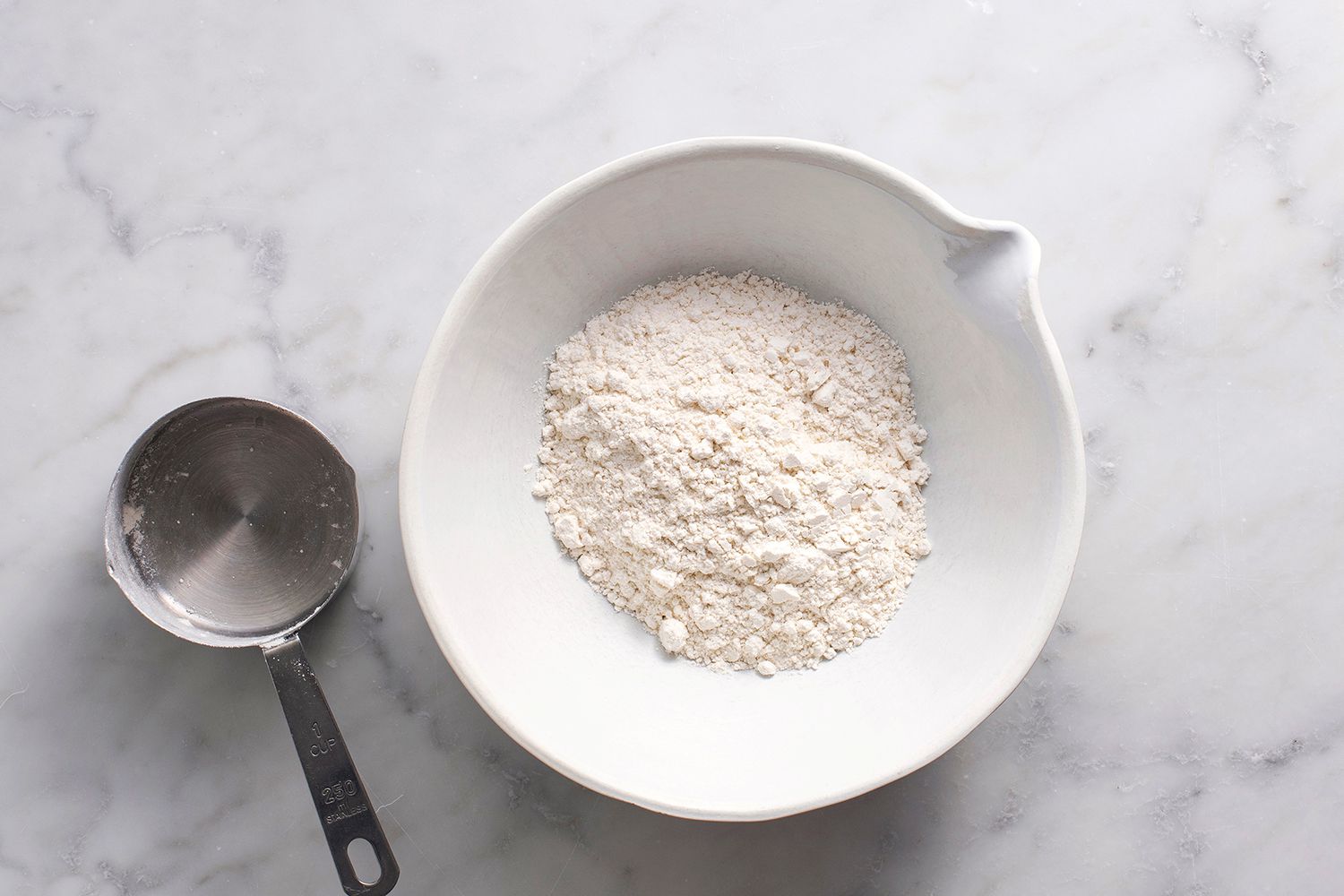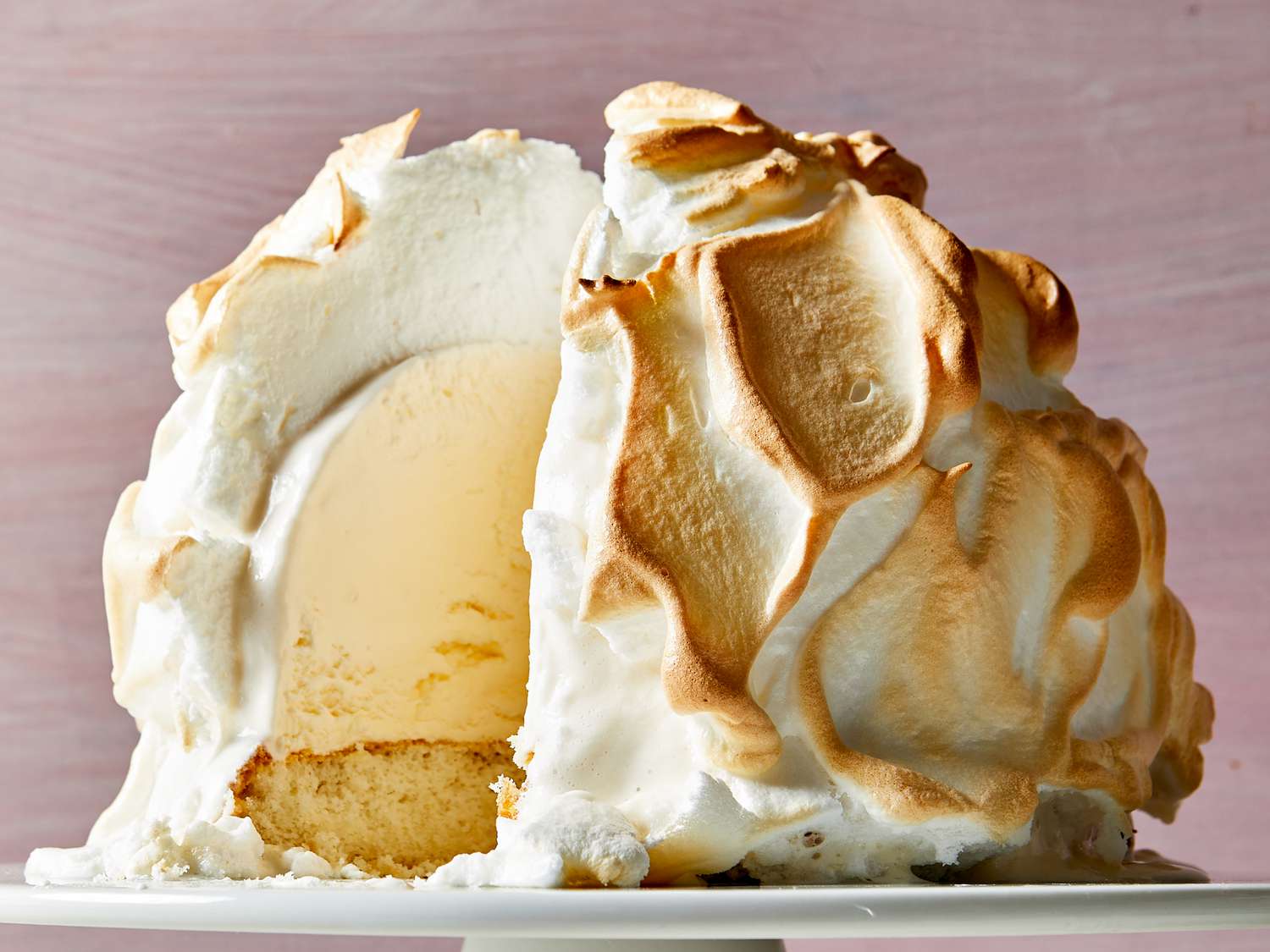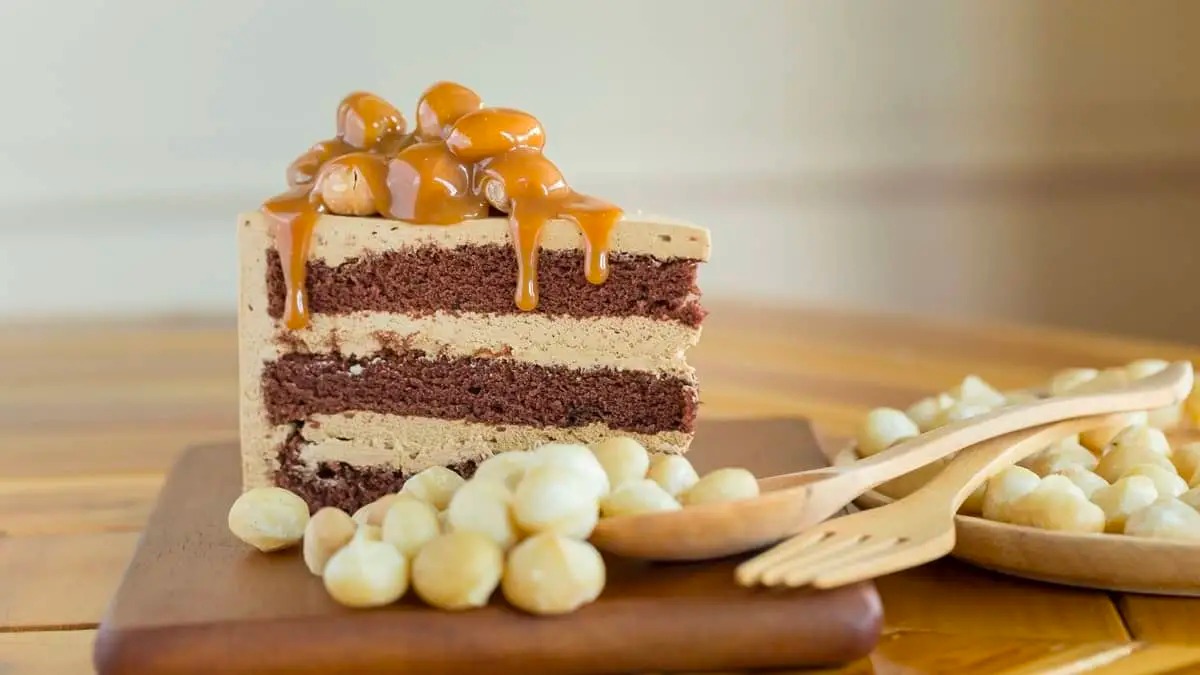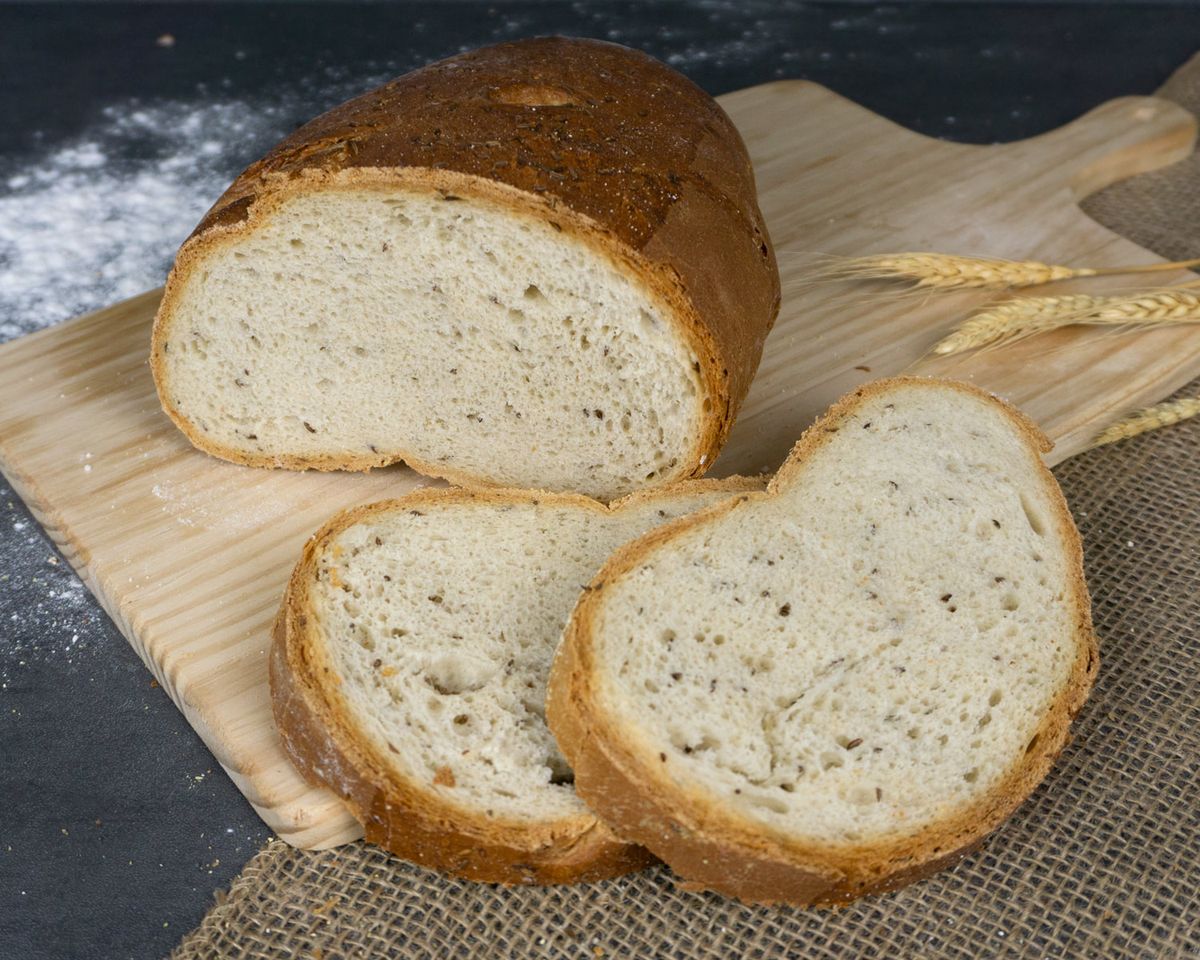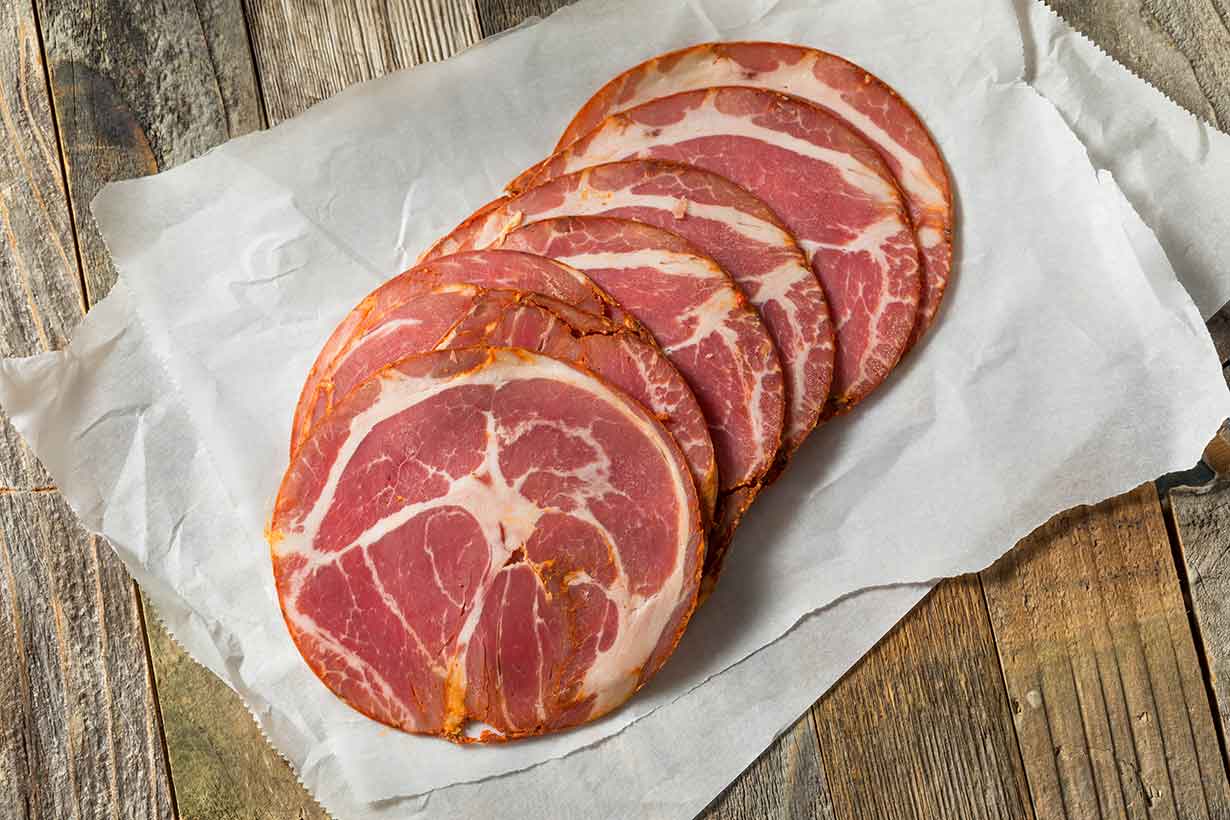Understanding Froth in Coffee
Have you ever noticed that creamy, airy layer on top of your cappuccino or latte? That’s froth, and it’s a delightful addition to any coffee drink. But what exactly is froth, and how is it created?
What Is Froth?
Froth is the layer of microbubbles that forms on top of a coffee beverage when it is aerated or steamed. It has a light and airy texture, adding a creamy and luxurious element to the drink.
How Is Froth Created?
Froth is created through a process called steaming or frothing. This involves introducing steam into milk, which causes the proteins in the milk to denature and trap air bubbles, resulting in the formation of froth.
Here’s a simple breakdown of how froth is created:
- Pour cold milk into a metal pitcher.
- Insert the steam wand of an espresso machine just below the surface of the milk.
- Turn on the steam wand to introduce steam into the milk.
- Move the steam wand in a circular motion to evenly distribute the heat and create a uniform froth.
- Stop steaming once the milk reaches the desired temperature and the froth has formed.
Types of Froth
There are two main types of froth that are commonly used in coffee beverages:
- Microfoam: This type of froth has a velvety texture and is commonly used in drinks like cappuccinos and lattes.
- Dry Foam: This froth has larger bubbles and a drier texture, often used in drinks like macchiatos.
Uses of Froth in Coffee
Froth is not only a visually appealing addition to coffee drinks, but it also serves a functional purpose. It can enhance the flavor and texture of the beverage, providing a creamy and smooth mouthfeel.
Here are some common uses of froth in coffee:
- Cappuccinos: Froth is an essential component of a cappuccino, providing a creamy layer on top of the espresso and steamed milk.
- Lattes: Lattes also feature a layer of froth, adding a luxurious touch to the espresso and steamed milk.
- Macchiatos: Dry foam is often used in macchiatos to create a distinct separation between the espresso and the milk.
Conclusion
Froth is a key element in many popular coffee beverages, adding both visual appeal and a creamy texture. Whether you’re enjoying a cappuccino, latte, or macchiato, the froth plays a crucial role in enhancing the overall coffee experience.
Next time you savor your favorite coffee drink, take a moment to appreciate the delightful froth that elevates it to a whole new level of indulgence.
Was this page helpful?
Read Next: What Is Dry Butter

